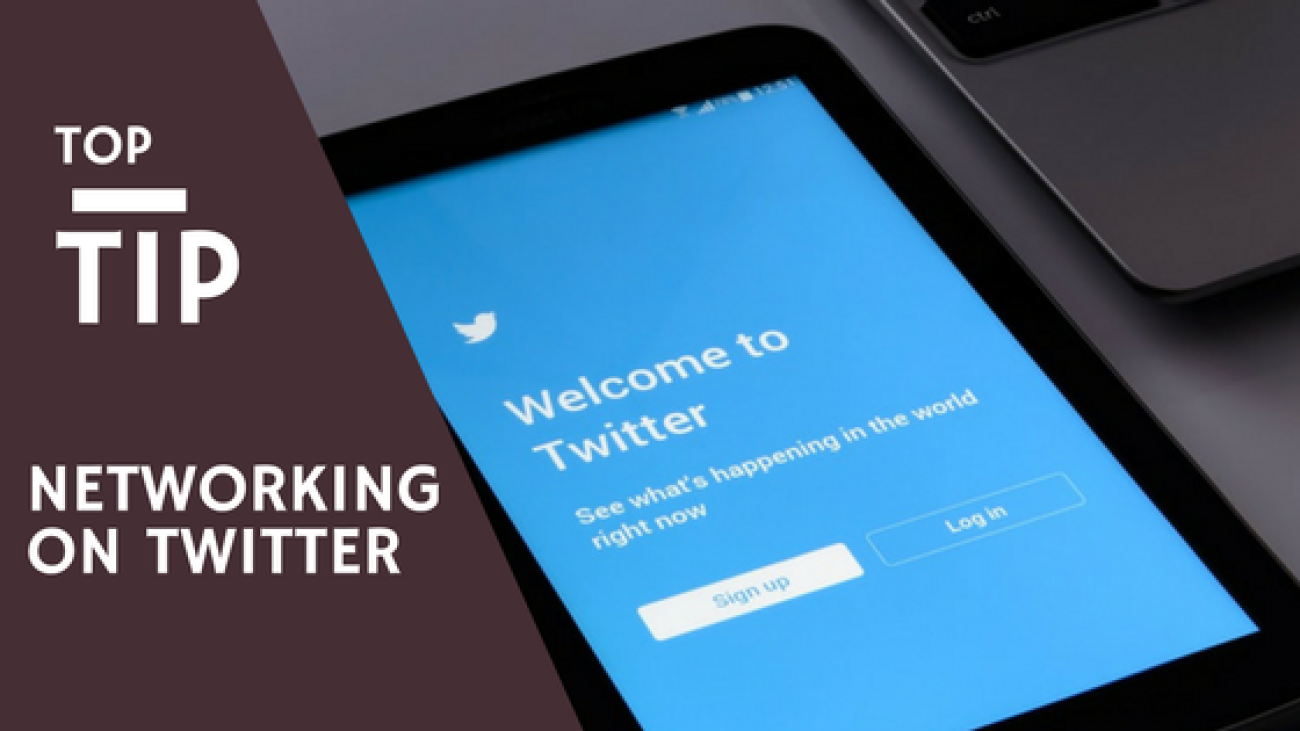A constant evolving language and double meanings
The English is a forever evolving language, like many others in the world, with around 4,000 new words added each year to the Oxford English dictionary alone! This new words included updated meanings which can at times confuse what could have been a simple message.
Although many words have held a double, less than respectful meaning the list is growing with each generation and new technologies evolving. Some words that have gained new meanings in the last century are:
- Sick – No longer just means ill or poorly, it now also means really good or brilliant
- Bad – Now can also be used as synonym of itself.
- Pants – No longer an item of clothing but also a rubbish situation
- Hump – Not just a part of a camel or a traffic slowing measure but also used in relation to a bad mood
- Chat – (An unusual one) What was once a word for a conversation is also now used when describing something gross
- Armour – A world renowned word for protection yet it is also used for describing a person’s body
- Hard – Does not just describe the strength of something or density of an object but can be used when describing a person’s false sense of strength.
- Bottle – A liquid container that now also appears to describe the state in which a person becomes upon partaking of the contents of the bottle.
- Bomb – A device people would usually run from unless an EOD expert, is now a description for highly expensive costs or a really good situation/item
Animals and food have also had their names misused in the more recent generations of language.
- Bacon – A derogative term for the Police
- Anaconda – Description of a male’s particular body part
- Bird – Used when talking about a woman
If you are an individual looking to approach a professional body either for a job or to offer a service then double check the words you are using do not have double meanings. With it becoming harder and harder to earn positions and look the best out of a constantly growing crowd of individuals in the same position something as simple as using the correct and upmost professional language can work miracles.
If you are applying for a job or designing marketing materials and want to the work checked for appropriateness then give us a shout today.












